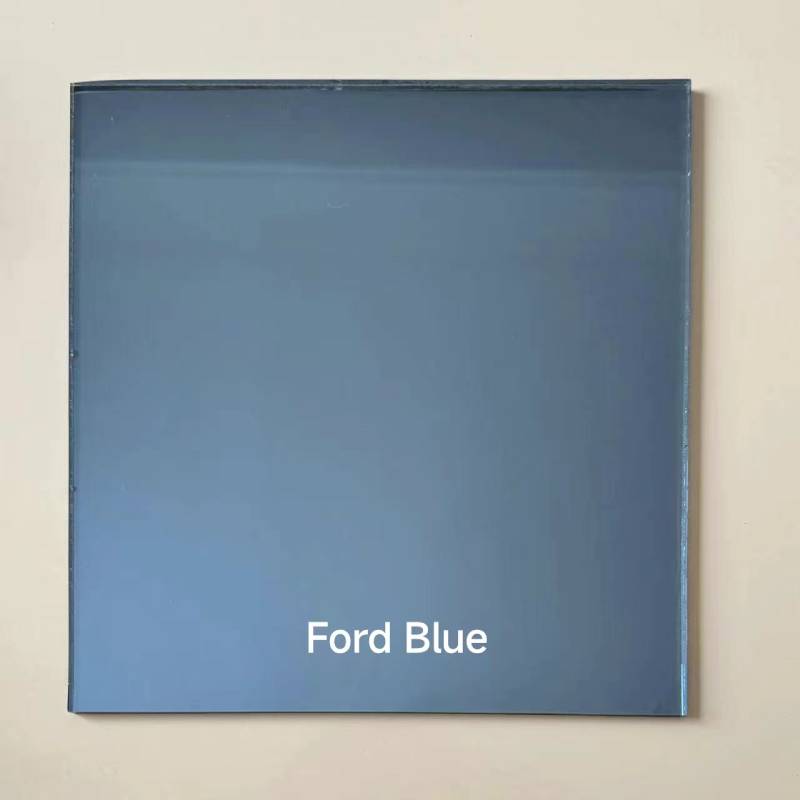

Exploring Float Glass Designs A Perfect Blend of Functionality and Aesthetics
Float glass, a crucial material in the construction and design industries, is celebrated for its clarity, uniformity, and versatility. The manufacturing process involves floating molten glass on top of molten tin, resulting in a smooth, flat surface that is ideal for various applications. From architectural marvels to artistic installations, float glass designs have transformed spaces, showcasing an interplay of functionality and aesthetics.
The Versatility of Float Glass
One of the most remarkable aspects of float glass is its versatility. It can be easily fabricated into different shapes and sizes, making it suitable for a wide array of applications. Architecturally, float glass is commonly used in windows, facades, and interiors, providing natural light while maintaining insulation. The glass can be treated with various coatings to enhance its thermal properties, UV resistance, and safety features, making it an essential choice for modern buildings.
In commercial settings, float glass is often utilized in storefronts and display cases due to its transparency and ability to protect merchandise while allowing maximum visibility. Interior designers favor it for its clean lines and ability to create open, airy spaces. Glass partitions, tables, and decorative elements made from float glass are increasingly popular, blurring the boundaries between traditional room layouts and promoting a more fluid design approach.
Innovative Architectural Designs
Float glass has given rise to numerous innovative architectural designs. Modern architects leverage this material to create stunning structures that challenge conventional design. One iconic example is the Glass House designed by Philip Johnson, which epitomizes the seamless integration of indoor and outdoor spaces. The structure's extensive use of float glass invites nature inside while providing panoramic views of the surrounding landscape.

Moreover, advancements in glass technology have spawned creative possibilities, enabling architects to consider transparency and reflection in their designs. Buildings like the Crystal Island in Moscow demonstrate how float glass can be utilized to create dynamic shapes and facades that interact with light, changing appearances throughout the day.
Art and Sculpture
In addition to architectural applications, float glass plays a significant role in the world of art and sculpture. Artists are increasingly embracing glass as a medium due to its visual properties and tactile quality. Through techniques such as laminating, etching, and sandblasting, artists create intricate designs that draw people in, allowing them to experience both light and form.
Exhibitions and installations often feature float glass sculptures that challenge perceptions. For instance, works by artists like Olafur Eliasson explore themes of light and space using glass as a primary material, resulting in mesmerizing experiences for viewers. These artistic endeavors highlight the transformative potential of float glass, as it can evoke emotions and provoke thought while maintaining an element of elegance.
The Future of Float Glass Designs
As technology continues to evolve, the future of float glass designs looks promising. Innovations such as smart glass, which can change opacity and tint based on external conditions, are paving the way for more sustainable and energy-efficient buildings. Integrating renewable energy technologies, such as solar panels and electrochromic glazing, will redefine how we think about glass in architecture, providing not only aesthetics but also functionality.
In conclusion, float glass designs embody a perfect blend of functionality and aesthetics. Whether in architecture, interior design, or art, this versatile material allows for creative expression and innovation. As we move towards a more sustainable future, the possibilities for float glass are boundless, promising to continue captivating us with its clarity and brilliance. Through thoughtful design and application, float glass will undoubtedly remain a pivotal element in shaping our built environment.